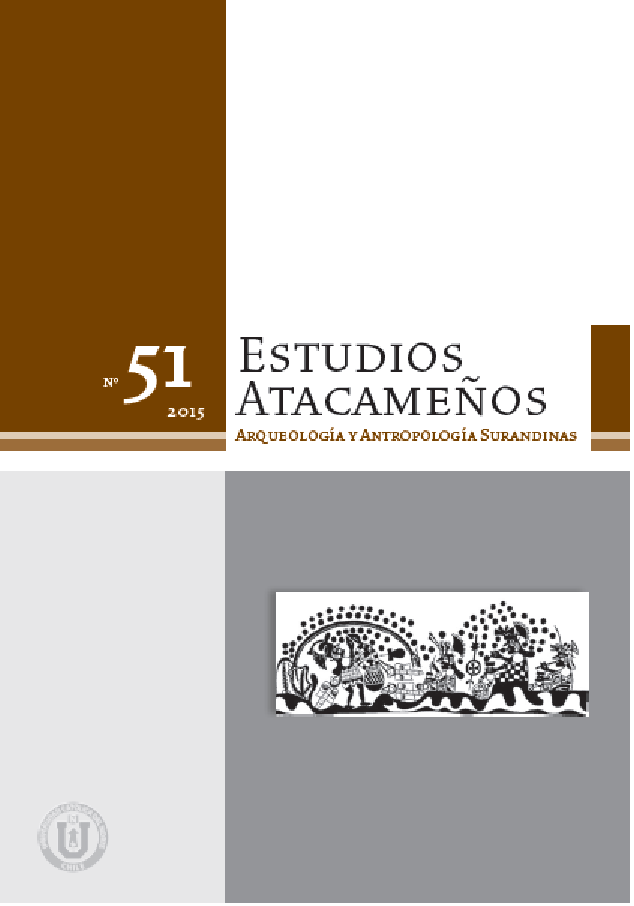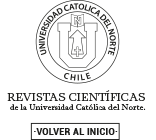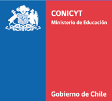Aguas, riego y cultivos: cambios y permanencias en los ayllus de San Pedro de Atacama
Resumen
El agua ha sido vital en el desarrollo histórico en los ayllus de San Pedro de Atacama, regados por los ríos San Pedro y Vilama. Los aportes hídricos de estos ríos han venido disminuyendo desde la década de 1940 en adelante, lo que ha supuesto cambios sucesivos en las prácticas culturales de aprovechamiento y gestión del agua, a fin de mantener la seguridad del riego y sostener una agricultura basada en cultivos tradicionales —maíz, trigo, alfalfa—. Este artículo constata, con estadísticas, la disminución constante de los caudales medios anuales de los ríos en los últimos setenta años, los cambios en el sistema e infraestructura de riego, y las sucesivas reorganizaciones para gestionar un recurso hídrico cada vez más escaso en un ambiente de desierto extremo. Desvela que en los últimos cincuenta años la superficie regada y cultivada se redujo en casi un 50%, en conjunto con el descenso de los aportes hídricos de los ríos San Pedro y Vilama. Constata que la estructura tradicional de cultivos se mantuvo hasta años recientes, y se pregunta si el actual equilibrio precario entre aguas, riego y cultivos se puede sostener en el tiempo en los ayllus de Atacama.
Palabras claves: ríos San Pedro y Vilama - infraestructura de riego - cultivos tradicionales.
Abstract
Water has been an essential factor in the historical development of the Ayllus of San Pedro de Atacama, irrigated by the San Pedro and Vilama rivers. The amount of water carried by these rivers has been diminishing since the 1940s, which has forced successive changes in the cultural practices of water use and management in order to ensure irrigation and to sustain an agriculture based on traditional crops - maize, wheat and alfalfa. This article uses statistical data to demonstrate the ongoing reduction of the average yearly flow rate of these rivers over the last seventy years, changes in the irrigation system and infrastructure, and the successive organizational changes that have occurred to manage this scarce hydrological resource in a desert environment. The analysis reveals that over the last forty years the irrigated and cultivated surface area has reduced almost 50%, paired with the reduction in the hydric contributions of the San Pedro and Vilama rivers. This article also showthat the traditional crop structure has been maintained until recent years and explores whether the present balance between water supply, irrigation and crops is sustainable over time in the Atacama’s ayllus.
Key words: San Pedro and Vilama rivers - irrigation infrastructure - traditional crops.Cómo citar
Número
Sección

Todos los trabajos publicados en Revista Estudios Atacameños (eISSN:0718-1043) están sujetos a una licencia Creative Commons Reconocimiento 4.0 Internacional
Los autores continúan como propietarios de sus trabajos, y pueden volver a publicar sus artículos en otro medio sin tener que solicitar autorización, siempre y cuando indiquen que el trabajo fue publicado originariamente en Revista Estudios Atacameños (eISSN:0718-1043).

















